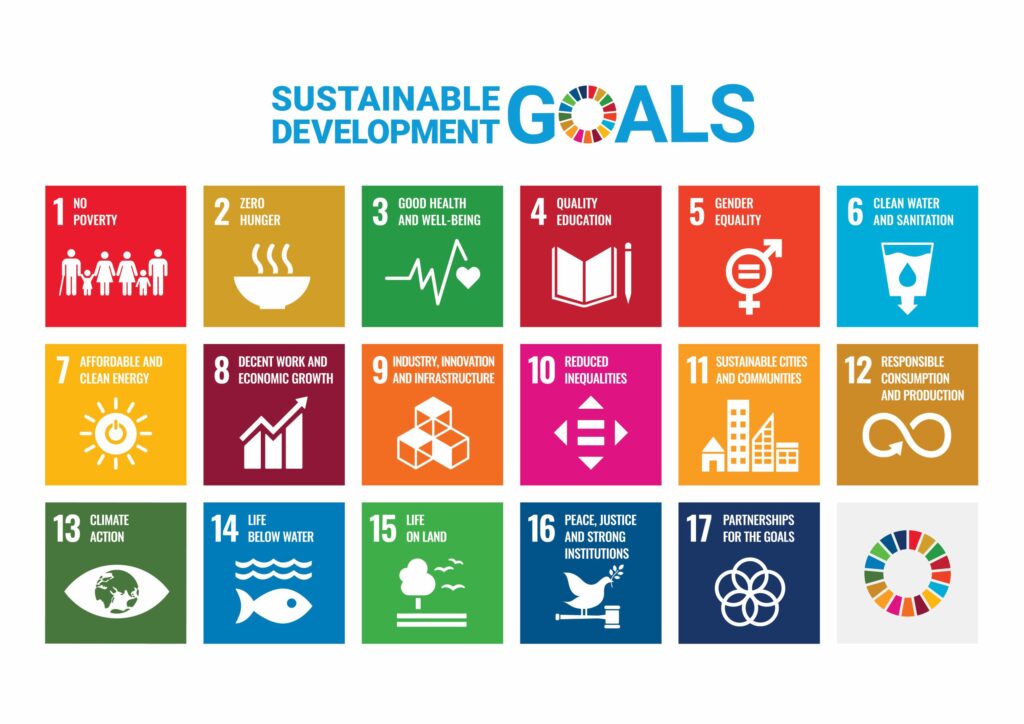Where Have All the Good Editors Gone? - A Necessary Polemic
DOI:
https://doi.org/10.5281/zenodo.10890507Keywords:
Editorship, scientific papers, publishing, review process scientific journals, ranked aquaculture journals, critical considerations, nomenclature, taxonomic databasesAbstract
In the new age, where a certain political elite has made alternative facts and fake news acceptable to the public, it is not surprising that strange papers appear even in highly ranked aquaculture journals: articles with fake bibliographies or missing or at least very poor identification of the organisms studied. They appear without any sanction or commentary and even pretend to be peer-reviewed. Who knows if results or even entire articles are homemade? Can we be sure that results or even entire articles are not just fabricated fairytales? Is it of any surprise that Open Access (OA) journals, including those from major publishers, do not fight these tendencies? Earning article processing charges appears to counts more than science! Where have all the good scientific editors gone?
References
Adl SM, Simpson AGB, Farmer MA, Andersen RA, Anderson OR, Barta JR, Bowser SS, Brugerolle G, Fensome RA, Fredericq S, James TY, Karpov S, Kugrens P, Krug J, Lane CE, Lewis LA, Lodge J, Lynn DH, Mann DG, McCourt RM, Mendoza L, Moestrup Ø, Mozley-Standridge SE, Nerad TA, Shearer CA, Smirnov AV, Spiegel FW, Taylor MFJR (2005) The new higher level classification of eukaryotes with emphasis on the taxonomy of protists. J Eukaryot Microbiol 52 (5):399-451. https://doi.org/10.1111/j.1550-7408.2005.00053.x
Backeljau T (2018) Crassostrea gigas or Magallana gigas: A Community-based Scientific Response. National Shellfisheries Association Quarterly Newsletter 1:3. https://doi.org/https://shellfish.memberclicks.net/assets/docs/Current_Newsletters/qnl_2018_1.pdf
Balasubramanian CP, Katneni VK, Shekhar MS, Kumar JA, Vijayan KK (2021) Restoration of old genus name Penaeus based on molecular phylogenetic affiliations using complete mitochondrial genome. Curr Sci 121 (3):423-428. https://doi.org/10.18520/cs/v121/i3/423-428
Figueredo A, Lira C, Vera-Caripe J, De Donato M, Lodeiros C (2023) The Pacific white shrimp, the most cultivated shrimp species, is it Litopenaeus or Penaeus vannamei? Rev Aquacult 15 (1):7-13. https://doi.org/10.1111/raq.12725
Galindo LJ, López-García P, Torruella G, Karpov S, Moreira D (2021) Phylogenomics of a new fungal phylum reveals multiple waves of reductive evolution across Holomycota. Nat Commun 12 (1):4973. https://doi.org/10.1038/s41467-021-25308-w
Hua K, Bureau DP (2012) Exploring the possibility of quantifying the effects of plant protein ingredients in fish feeds using meta-analysis and nutritional model simulation-based approaches. Aquaculture 356-357:284-301. https://doi.org/10.1016/j.aquaculture.2012.05.003
Hurzaid A, Chan TY, Mohd Nor SA, Muchlisin ZA, Chen WJ (2020) Molecular phylogeny and diversity of penaeid shrimps (Crustacea: Decapoda) from South-East Asian waters. Zool Scr 49 (5):596-613. https://doi.org/10.1111/zsc.12428
Kagami M, Miki T, Takimoto G (2014) Mycoloop: Chytrids in aquatic food webs. Front Microbiol 5 (APR). 166. https://doi.org/10.3389/fmicb.2014.00166
Katneni VK, Shekhar MS, Jangam AK, Paran BC, Selvaraj A, Krishnan K, Kaikkolante N, Prabhudas SK, Gopalapillai G, Koyadan VK (2021) Phylogenetic relations and mitogenome-wide similarity metrics reveal monophyly of Penaeus sensu lato. Ecol Evol 11 (5):2040-2049. https://doi.org/10.1002/ece3.7148
Konstantinidis I, Sætrom P, Mjelle R, Nedoluzhko AV, Robledo D, Fernandes JMO (2020) Major gene expression changes and epigenetic remodelling in Nile tilapia muscle after just one generation of domestication. Epigenetics 15 (10):1052-1067. https://doi.org/10.1080/15592294.2020.1748914
Kuhn TS (2012) The Structure of Scientific Revolutions. 50th anniversary. 4th edn. University of Chicago Press,
Pérez Farfante I, Ken B (1997) Penaeoid and sergestoid shrimps and prawns of the world. Keys and diagnoses for the families and genera. Mem Mus Natl Hist Nat 175:1-233
Podgorniak T, Dhanasiri A, Chen X, Ren X, Kuan P-F, Fernandes J (2022) Early fish domestication affects methylation of key genes involved in the rapid onset of the farmed phenotype. Epigenetics 17 (10):1281-1298. https://doi.org/10.1080/15592294.2021.2017554
Salvi D, Mariottini P (2017) Molecular taxonomy in 2D: a novel ITS2 rRNA sequence-structure approach guides the description of the oysters' subfamily Saccostreinae and the genus Magallana (Bivalvia: Ostreidae). Zool J Linn Soc 179 (2):263-276. https://doi.org/10.1111/zoj.12455
Salvi D, Mariottini P (2021) Revision shock in Pacific oysters taxonomy: The genus Magallana (formerly Crassostrea in part) is well-founded and necessary. Zool J Linn Soc 192 (1):43-58. https://doi.org/10.1093/zoolinnean/zlaa112
Steinberg CEW (2023) A Salmon is A Salmon. SAquaRes 2 (1). https://doi.org/10.5281/zenodo.7820847
Thome P, Wolinska J, Van den Wyngaert S, Reñé A, Ilicic D, Agha R, Grossart H-P, Garcés E, Monaghan M, Strassert J (2023) Phylogenomics including new sequence data of phytoplankton-infecting chytrids reveals multiple independent lifestyle transitions across the phylum. bioRxiv. https://doi.org/10.1101/2023.06.28.546836
Vance DJ, Rothlisberg PC (2020) The biology and ecology of the banana prawns: Penaeus merguiensis de Man and P. indicus H. Milne Edwards. In: Sheppard C (ed) Advances in Marine Biology, vol 86. Academic Press, pp 1-139. https://doi.org/10.1016/bs.amb.2020.04.001
Willan RC (2021) Magallana or mayhem? Molluscan Res 41 (1):75-79. https://doi.org/10.1080/13235818.2020.1865514
Downloads
Published
How to Cite
Issue
Section
License

This work is licensed under a Creative Commons Attribution-NonCommercial 4.0 International License.






